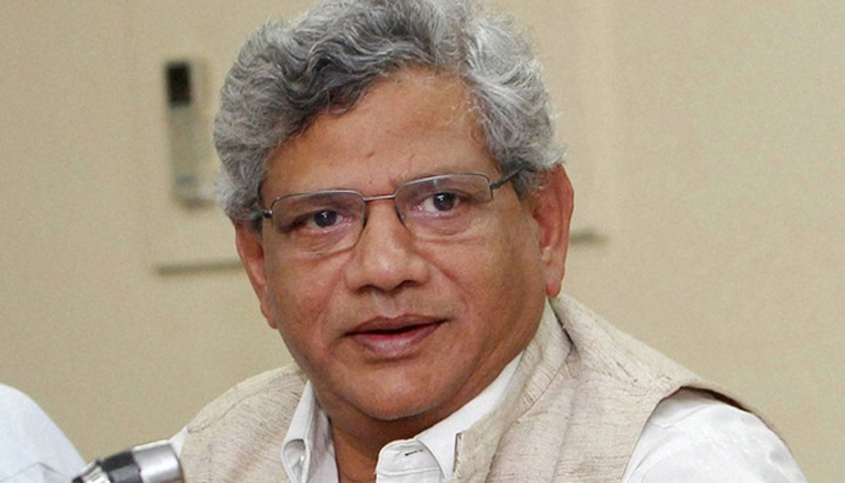As many as 10 members are going to retire in July this year, out of which four are from Gujarat and Goa, where BJP has the majority. Six members will be retiring from West Bengal, where Trinamool Congress is in power.
At present, BJP has 56 members, while the Congress has 59. The total strength of the Upper House is 245 and for any party or a coalition of parties to have majority, it needs the support of 123 members. At present there is one vacancy. According to sources, there are chances of Congress numbers going down further, following the party losing power in Uttarakhand, Rajasthan, Maharashtra, Andhra Pradesh and Delhi in the past five years. This year, six members from West Bengal are retiring in July, including Sitaram Yechury and Derek O’ Brien, while three from Gujarat—Smriti Irani and Ahmed Patel. But this will not affect the composition much since BJP will be able to retain the three seats from Gujarat and Trinamool Congress will retain its seats as it has the majority in West Bengal. As regards Goa, the BJP is expected to retain its seat as it has the majority in the state.
However, next year, as many as 69 members will retire, out of which 30 are from BJP-ruled states like Uttar Pradesh, Maharashtra, Jharkhand, Madhya Pradesh, Chhattisgarh, Gujarat and Rajasthan. BJP is expected to improve its tally in these states, which were earlier with non-BJP parties, like UP, Uttarakhand, Maharashtra, Rajasthan and Haryana, but which are now ruled by the BJP. UP and Uttarakhand alone will report 11 vacancies next year. The other states which will report vacancies next year include Delhi, Kerala, Andhra Pradesh, Karnataka, Bihar, Odisha and Telangana.
Apart from 30 members from the BJP ruling states, four nominated members, including film actress Rekha and cricketer Sachin Tendulkar, are also going to retire next year.
The President of India nominates members on recommendation of the government.

Though the nominated members are not bound by whip of the ruling party, they generally vote alongside the treasury benches in the Upper House. Though the BJP-led National Democratic Alliance (NDA) will not have the majority mark of 123, even after the vacancies are filled up in 2018, it will be very close to the figure, making it easier for getting the required numbers from regional players like AIADMK and the Biju Janata Dal (BJD).
The BJP is upbeat after its impressive victories in UP, Uttarakhand, Manipur and Goa.
Punjab, where Congress has formed the government, will not have any vacancy till 2019, and therefore, will not affect the arithmetic within the Rajya Sabha during the current NDA regime.
Rajya Sabha MPs are elected on the basis of an electoral college comprising MLAs of the state Assemblies and Union Territories in accordance with the system of proportional representation by means of the single transferable vote. The number of MPs a party can send to the Rajya Sabha depends on how many MLAs the party has in the state Assemblies.

